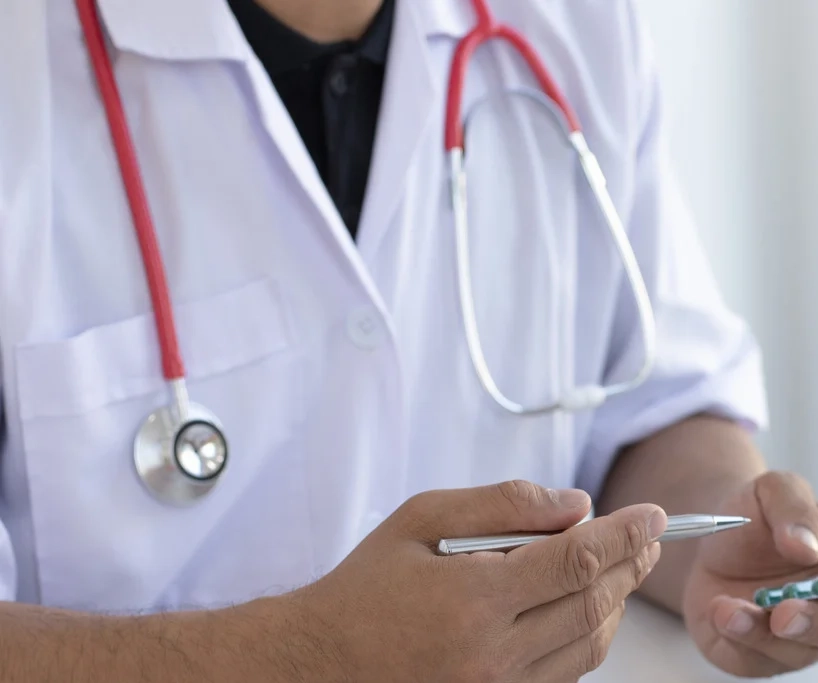
Accessibility Adjustments
Accessibility Profiles
OFFON
Seizure Safe ProfileClear flashes & reduces color
OFFON
Vision Impaired ProfileEnhances website's visuals
OFFON
ADHD Friendly ProfileMore focus & fewer distractions
OFFON
Cognitive Disability ProfileAssists with reading & focusing
Content Adjustments
Default
Default
Default
Color Adjustments
Orientation Adjustments


